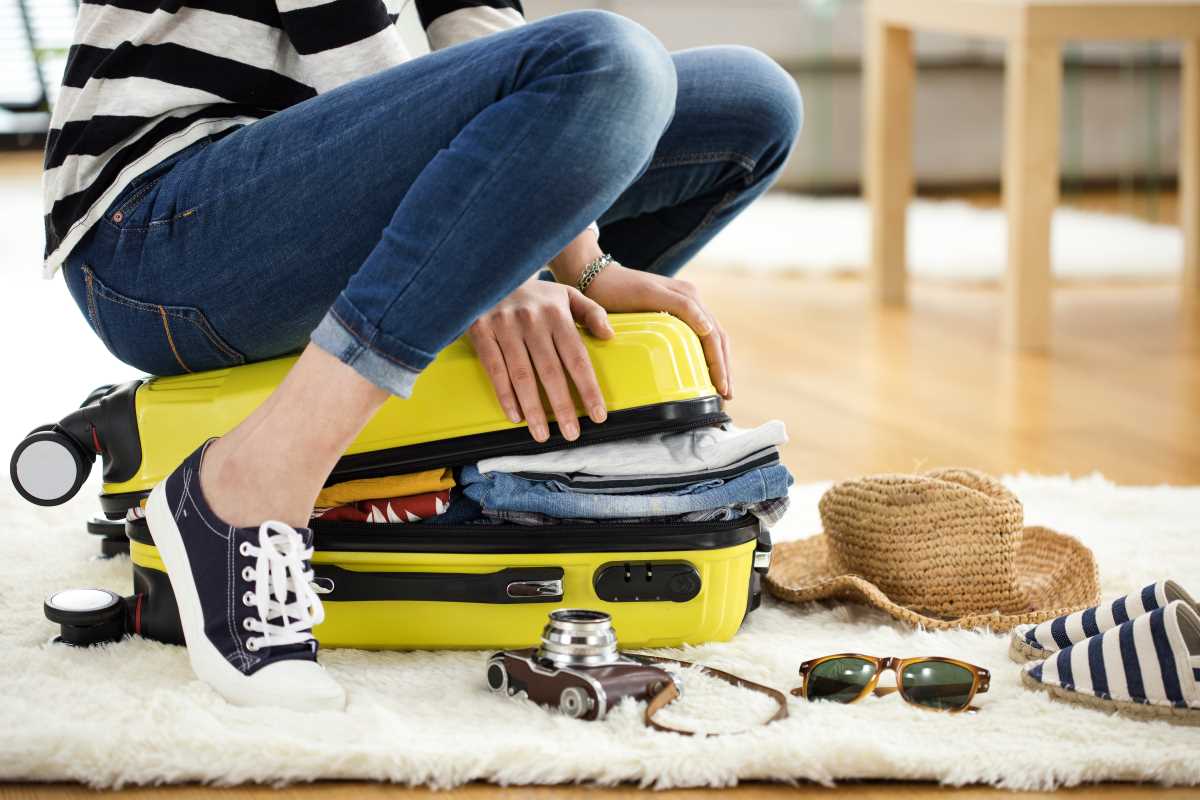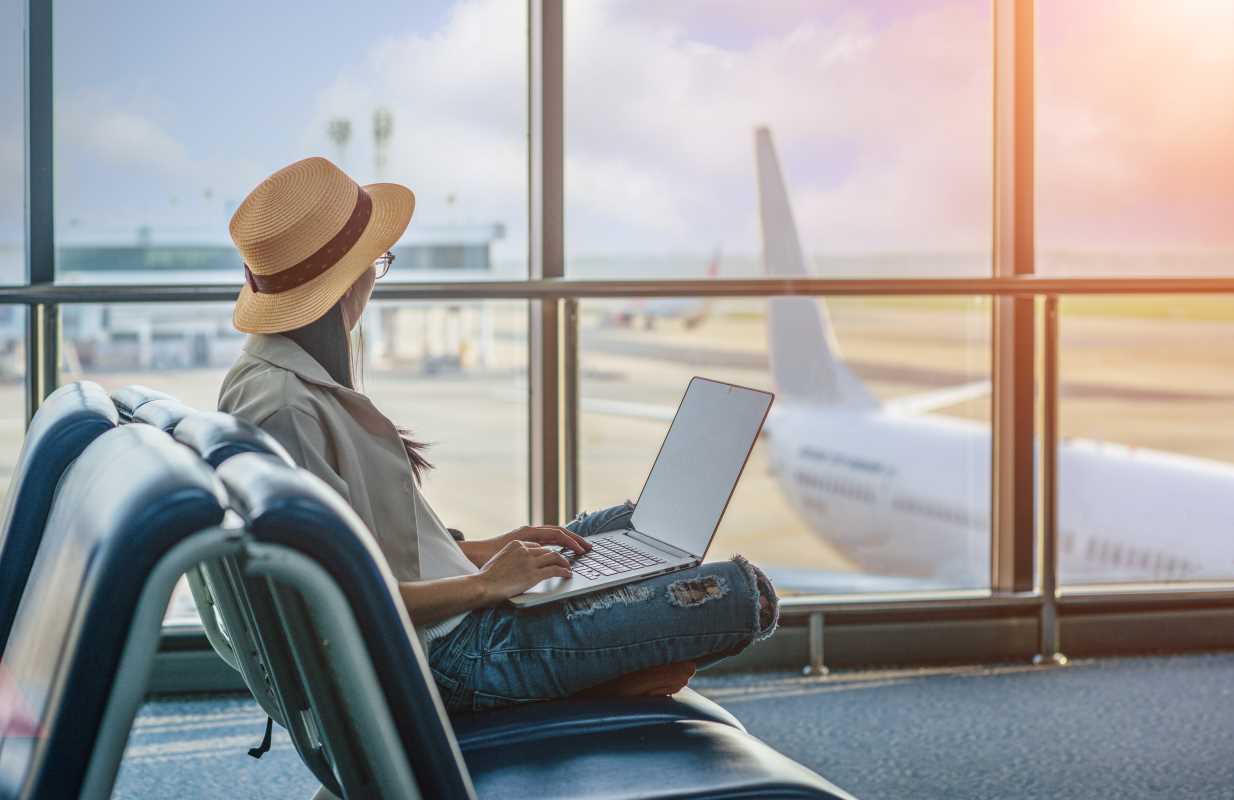Traveling abroad can be an exciting adventure, and one of the best ways to immerse yourself in a new culture is by using public transport. Navigating the public transportation system in a foreign country may seem daunting, but with some insider tips, you can make your journey smooth and hassle-free. Here are some insider secrets to successfully using public transport overseas.
Research and Plan Ahead
Before setting off on your trip, thoroughly researching public transportation options at your destination can save you both time and stress. Start by exploring online resources like city tourism websites or apps such as Google Maps, Moovit, or Citymapper, which can provide real-time updates and route suggestions. Identify the main types of public transport available, such as buses, trains, trams, and subways, and familiarize yourself with their schedules and routes. Knowing which lines or routes pass through key locations, like your accommodation, popular attractions, and the airport, helps you create a mental map of the city’s transit system. Many cities also have official apps that provide route planners, estimated travel times, and even fare calculators, which can be invaluable tools for making quick and informed travel decisions. This preparation not only streamlines your journey but also reduces the chance of getting lost in an unfamiliar city, especially if you don’t have consistent access to mobile data.
Purchase Local Transport Cards
To further simplify your travel, look into purchasing a local transport card, which can be both cost-effective and convenient. Many cities offer these cards, such as the Oyster card in London, the Octopus card in Hong Kong, or the MetroCard in New York City. These cards are typically reloadable and often provide significant discounts on fares, making them a savvy choice for travelers who plan to use public transit frequently. In addition to cost savings, these cards allow you to move seamlessly across multiple modes of transport, like trains, buses, and trams, without the hassle of buying separate tickets for each journey. Some cities even offer tourist-specific cards that include additional benefits, such as discounts at popular attractions or free entry to certain sites. By having a transport card, you avoid the inconvenience of dealing with cash, queuing for tickets, or navigating complex fare systems, making your transit experience smoother and more enjoyable.
Learn Basic Phrases
While English is widely spoken in many tourist destinations, especially in popular cities, knowing a few basic phrases in the local language can make a significant difference in your travel experience. Familiarizing yourself with expressions like "Where is the bus/train stop?", "How much does a ticket cost?", "Is this the right direction?", and "Can you help me?" can ease communication with local residents and transport staff. Even in destinations where English is prevalent, using the local language shows respect for the culture and can create a more welcoming interaction. Locals often appreciate when travelers make an effort, even with simple phrases, and this can lead to more positive encounters and helpful responses. Resources like language apps (Duolingo or Google Translate) can help you learn these basics quickly and even provide offline translation options in case of more complex interactions.
Observe Local Etiquette
Each culture has its own set of customs and etiquette when it comes to using public transport. In some countries, it's customary to give up your seat to the elderly or pregnant women, while in others, talking loudly on the phone may be considered rude. Observing and respecting local etiquette will help you blend in with the locals and ensure a pleasant journey for everyone.
Stay Safe and Secure
When using public transport overseas, it's essential to prioritize safety and security. Keep your belongings close to you at all times, especially in crowded places, to deter pickpockets. Be aware of your surroundings and trust your instincts if you feel uncomfortable in any situation. By staying vigilant and taking precautions, you can enjoy your travels without any worries.
Embrace the Experience
Using public transport in a foreign country can be an enriching cultural experience in itself. Instead of relying solely on taxis or ride-sharing services, opt for public transport to mingle with locals, observe daily life, and discover hidden gems off the beaten path. Embrace the adventure of navigating a new city's transport system, and you may find unexpected surprises along the way.
By implementing these insider secrets, you can confidently and successfully use public transport overseas during your next travel adventure. From planning ahead and purchasing local transport cards to learning basic phrases and embracing local customs, navigating public transportation in a foreign country can become an enjoyable and memorable part of your journey. Happy travels!
 (Image via
(Image via


.jpg)


